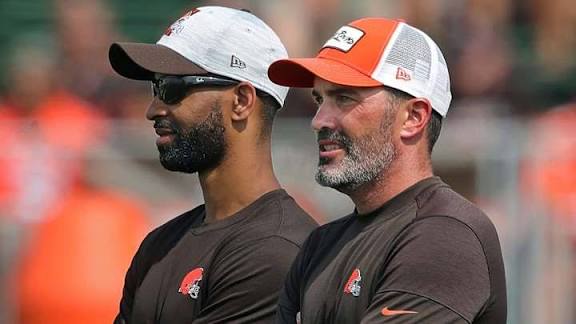In the summer of 1989, after a turbulent (and unfinished) negotiation to move from Napoli to Olympique Marseille, Diego Armando Maradona disappeared into thin air. He spent his holidays on the ski slopes in South America, but he didn’t return on the day he was supposed to return, nor the next day. The event inflamed the country. The newspapers ran the headline “Who saw it?” and public opinion, not only in Naples, was split.
One faction thundered that it was disrespectful conduct towards clubs and fans, another argued that the need to take a break every now and then was, ultimately, understandable. Everyone, however, agreed on one fact: in Naples Maradona was God. And God’s behavior is often inscrutable. The sudden disappearance of Camila Giorgi today has completely different traits. It generates a more complex feeling, a disdain that certainly has to do with the moral aspect, with the fact that perhaps she fled to evade taxes, but it doesn’t end there.
It underlies more composite traits, peculiar to contemporary society and the media system. Making the event, in some ways, emblematic. Giorgi follows in all respects the archetype of the contemporary star: successful sportswoman, entrepreneur, model, influencer with hundreds of thousands of followers. Hyper-visible, hyper-exposed, hyper-close. As we know from stardom studies, historically the star has a dual nature. On the one hand he is an untouchable figure of a new Olympus; on the other, in mass culture, it is pure merchandise, object, symbol within everyone’s reach.
Progressively, over the decades, the first aspect has flattened onto the second: if Maradona exactly embodied this duality, the social media star is less and less idolized as a demi-god and all the more loved the more he manages to appear close, similar, primus inter pares. A media friend, to use the definition of sociologist


